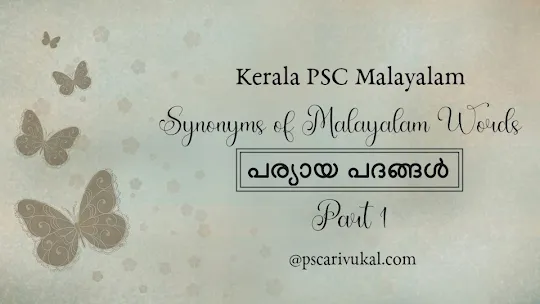A series of wars were fought between the Kottayam Kingdom (Padinjare Kovilakam of Purannattukara Swarupam), led by Kerala Simham Pazhassi Raja, and the British East India Company, led by Arthur Wellesley, the first Duke of Wellington. The battle was fought in and around Wayand's mountainous terrain.
The British termed this 13-year-long war which was fought between 1793-1806 as the Cotiote War (Kottayathu War) aka Pazhassi Revolts and British called Pazhassi Raja as Cotiote Raja (Kottayathu Raja) / Paichiraja.
From 1793 till his death, Pazhassi Raja continuously waged wars with the British. His initial battles were aimed towards liberating Kottayam. Since 1800, it has been over the issue of authority over Wayanad.
It is considered as the longest battle fought by the East India Company on the Indian subcontinent.
It was also one of the bloodiest wars in which the East India Company suffered many losses in both the manpower and the resources under the guerilla tactics of Pazhassi Raja using the dense forest cover of the region.
Basic Facts
- Location – Wayanad.
- Duration – 1793-1806.
- First Pazhassi Revolt – 1793-1797.
- Second Pazhassi Revolt – 1800-1805.
- Between – Pazhassi Raja & British East Company.
- War tactics – Guerrilla Warfare.
- Major Leaders –
- Pazhassi Raja –
- Kaitheri Ambu (Commander-in-Chief),
- Chemban Poker,
- Edachena Kunkan Nair,
- Thalakkal Chandu (Leader of Kurichayar),
- Kannavath Sankaran Nambiar (Prime Minister).
- British –
- Arthur Wellesley.
- Reason for the First Pazhassi Revolt –
- The tax reforms imposed by the British on the Kottayam Kingdom with the Kurumbanadu Raja.
- Failure of the British to honor the prior agreement that the territories would be returned to the former Rajas immediately after Tippu's expulsion.
- Mediator between Pazhassi Raja & the British to end the First Pazhassi Revolt – King of Chirakkal.
- Reason for the Second Pazhassi Revolt – British attempt to seize Wayanad.
- The tribal group that stood behind Pazhassi Raja in his revolt – Kurichayar.
- The hill known for being the center of Pazhassi Raja during the war against the British – Puralimala.
- Edachena Kunkan & Thalakkal Chanthu seized the Panamaram fort in the year – 1802.
- Result – British Victory.
- Aftermath – Annexation of Kottayam Kingdom into the Madras Presidency.
They formed the "Kolkars," a group of 1200 local Indian collaborators, for this aim (traitors, if one might say that) under the leadership of Collector of Thalassery, T.H. Baber (Thomas Harvey Baber).
With the death of Pazhassi Raja on November 30, 1805 at Mavilathode near Pulpalli, the driving force behind the war came to an end and it died down within a year. The Kottayam kingdom was incorporated into the province of Malabar under the Madras Presidency as a result of the battle.
- Full Name of Pazhassi Raja – Kottayam Kerala Varma Pazhassi Raja.
- Epithets of Pazhassi Raja –
- Lion of Kerala / Kerala Simham,
- Purali Shemman (പുരളി ശെമ്മൻ).
- Author of the historical novel 'Keralasimham' – K. M. Panikkar.
- പഴശ്ശിസമരങ്ങള് രചിച്ചതാര് ? ഡോ. കെ. കെ. എന്. കുറുപ്പ്.
- The Kottayam Dynasty was founded by – Harischandara Perumal.
- The rajas of Kottayam were also known as – Puralisas & Purannattu rajas (who ruled over the land of Purainad).
- First Biopic about Pazhassi Raja in Malayalam Cinema – Pazhassi Raja (1969; director: Kunchacko; Kottarakkara Sreedharan Nair as Pazhassi Raja).
- Director of 2009 Malayalam film 'Kerala Varma Pazhassi Raja' – Hariharan.
- Writer – M. T. Vasudevan Nair.
- Pazhassi Dam – Kannur (Valapattanam river).
- Pazhassi Cave – Malappuram (Nilambur).
- Pazhassi College – Wayanad (Pulpally).
- Pazhassi Museum – Kozhikode (East Hills).
- Pazhassi Memorial – Wayanad (Mananthavady).
- Architect – Eugene Pandala (also designed Banasura Sagar Dam).
- on the banks of Kabani river.
- The monument of Thalakkal Chanthu is located at – Panamaram.








Post a Comment
Post a Comment